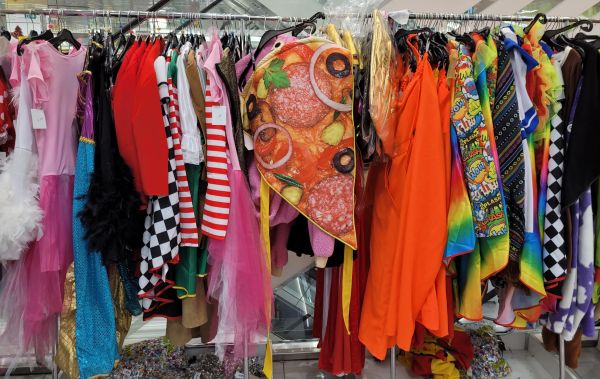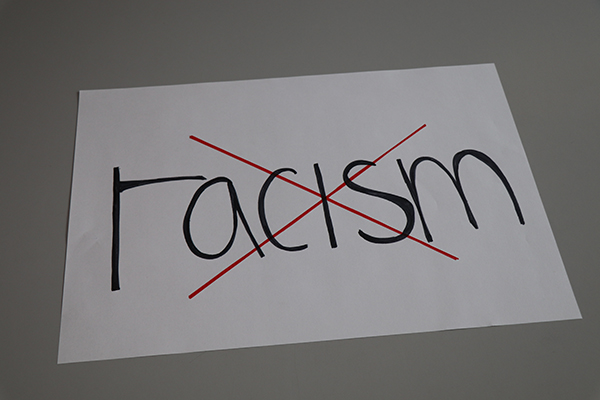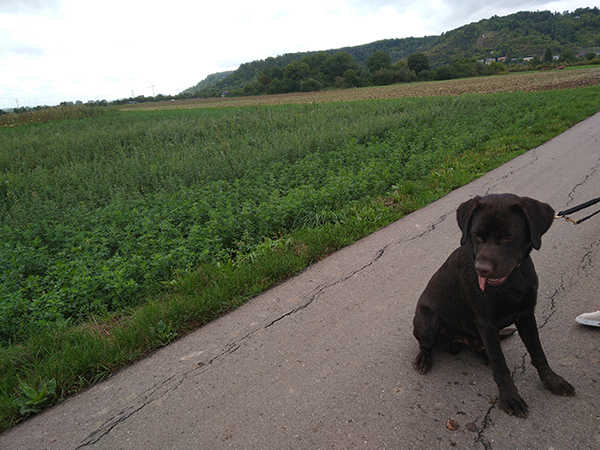By Oula Mahfouz
Whether it’s Fasnet, Fasching or Carnival: the jesters are ready for their most important days of the year. The highlight of the carnival season begins on “schmotziger Donnerstag”. This year it is on February 8. In the days that follow, there are parades, children dress up and paint their faces, and some adults also hide their faces behind scary masks and slip into colorful costumes. On Ash Wednesday, February 14, it’s all over. The biggest parade in the region takes place on Sunday, February 11 in Rottenburg.
The carnival tradition is firmly anchored in the Christian calendar and marks the start of Lent. In many cultures, carnival also symbolizes the end of winter and the beginning of spring. Colorful costumes and cheerful celebrations are intended to chase away the winter and get people in the mood for the warm season ahead.
The term “Fasching” goes back to the Middle Low German word “Vaschang”. This means “serving the fasting drink”, the last alcoholic drinks before Lent. The term “Karneval” is not entirely clear. It is probably derived from the Middle Latin “de carne levare ieiunium”, which roughly means “fasting by taking away meat” and became the older Italian “carne vale”—”meat, farewell!”—became. For this reason, the names vary from region to region.
The exact chronological origin of Fasnet cannot be clearly determined. What is certain is that in its current form it is based on medieval customs and is closely linked to Christian fasting. One of the main purposes of the wild goings-on was to consume perishable and strictly forbidden foods such as eggs, milk, sugar, fats and meat before the forty days of Lent before Easter. This year, Christian Lent and Ramadan overlap for some time in March. In the Middle Ages, Christians were only allowed one meal a day during Lent, “the consumption of alcohol and meat or other animal products such as eggs, milk, butter and cheese was forbidden”, according to a report by NDR. Today, many Christians only abstain from sweets and alcohol.
The foolish season has always been strictly limited, as the wild goings-on were always directed against the secular and ecclesiastical authorities and were viewed with suspicion. Fools have always broken the rules and ignored many laws. As the Reformation called Lent into question in the 16th century, the tradition lost influence in Protestant regions. The church and the kingdom of Prussia were critical of carnival because, in contrast to Lent, it symbolized a diabolical counterworld in which people fell into sin.
In the 19th century, the individual trends diverged and people in the southwest returned to the original traditions, reviving old customs such as the Swabian-Alemannic carnival and taking them to the streets. This also included the revival of animal costumes, which symbolized the Christian deadly sins. Figures such as devils and demons were closely associated with carnival. It is possible that these masks were intended to ward off winter, similar to pagan customs. Rituals such as the chasing of straw bears through the village and the burning of Shrove Tuesday by bonfires also support this.
This is why each federal state has its own local traditions and regional differences in carnival. The type of costume can also depend heavily on the carnival event and local traditions. The same applies to typical exclamations. In Cologne, people shout “Alaaf”, in Würzburg “Helau”, and both in Baden and in the far north people say “Ahoi”. At the Swabian-Alemannic carnival, spectators respond to a “Narri” with a “Narro”. In Saarland, the “Alleh-Hopp” prevails. But what exactly do these exclamations mean? “They are shouts of exuberance, the exact origin of which can only be speculated about. In most cases, their origins date far back into the 19th century. It is possible that “Alaaf” comes from “Alles-ab”, and “Helau” possibly from “Hallo”, according to Katrin Hesse, director of the German Carnival Museum. For more information:
https://www.nationalgeographic.de/geschichte-und-kultur/2023/02/wissen-kultur-fakten-ueber-fasching-fastnacht-karneval
tun24012404
An Fasching verkleiden sich Kinder und Erwachsene. Foto: tuenews INTERNATIONAL / Oula Mahfouz.
002298




